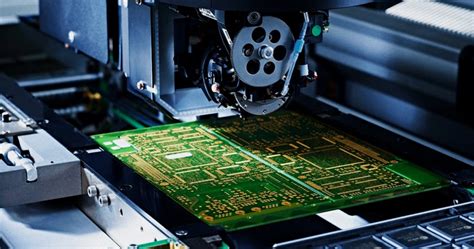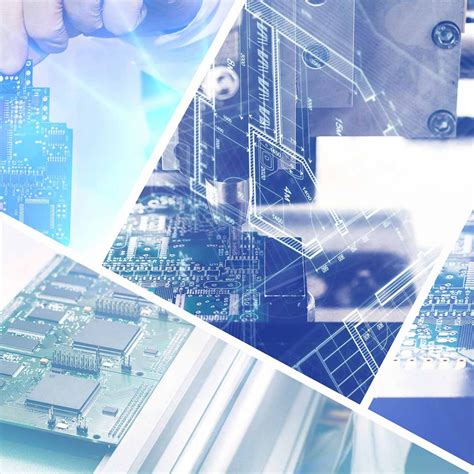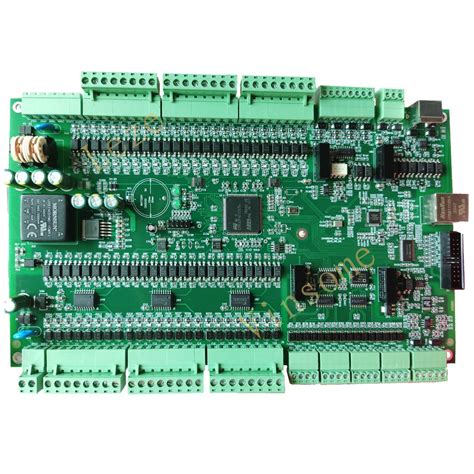PCB RMS Machining: Precision and Efficiency in Circuit Board Manufacturing
Introduction
Printed Circuit Boards (PCBs) are the backbone of modern electronics, enabling the interconnection of electronic components in devices ranging from smartphones to industrial machinery. As the demand for smaller, more complex, and high-performance PCBs grows, advanced machining techniques such as RMS (Routing, Milling, and Scoring) have become essential in PCB manufacturing.
RMS machining refers to a set of precision mechanical processes used to shape, cut, and finish PCBs with high accuracy. This article explores the principles, benefits, challenges, and applications of RMS machining in PCB fabrication, highlighting its role in ensuring high-quality circuit board production.
1. Understanding PCB RMS Machining
RMS machining encompasses three primary processes:
- Routing – Cutting out the PCB outline or creating complex shapes.
- Milling – Removing copper or substrate material to form traces, slots, or cavities.
- Scoring – Creating breakaway lines or V-grooves for panel separation.
These processes are typically performed using Computer Numerical Control (CNC) machines equipped with high-speed spindles and specialized cutting tools. The precision of RMS machining ensures that PCBs meet tight tolerances required for high-density interconnects (HDI) and multilayer boards.
1.1 Key Components of RMS Machining Systems
- CNC Machines – Provide automated control over tool movement.
- Spindles & Cutting Tools – Carbide or diamond-coated bits for precise material removal.
- Vision Systems – Ensure accurate alignment and registration.
- Dust Extraction Systems – Remove debris to prevent contamination.
2. The Role of RMS Machining in PCB Fabrication
2.1 PCB Routing
Routing is used to cut the final PCB shape from a larger panel. This process is crucial for:
- Creating complex board outlines (e.g., non-rectangular PCBs).
- Forming slots and cutouts for connectors or mechanical fittings.
- Separating individual PCBs from a production panel.
Modern CNC routers achieve tolerances as tight as ±0.05 mm, ensuring consistency across high-volume production.
2.2 PCB Milling
Milling removes unwanted copper or substrate material to:
- Define conductive traces and pads.
- Create isolation channels to prevent short circuits.
- Mill cavities for embedded components.
Unlike chemical etching, milling is a subtractive process that eliminates the need for harsh chemicals, making it more environmentally friendly.
2.3 PCB Scoring
Scoring involves cutting partial-depth grooves (V-grooves) into PCB panels to facilitate easy separation after assembly. This method is widely used in:
- Panelized PCB production – Allows multiple boards to be manufactured as a single panel.
- Breakaway tabs – Simplifies depanelization without damaging components.
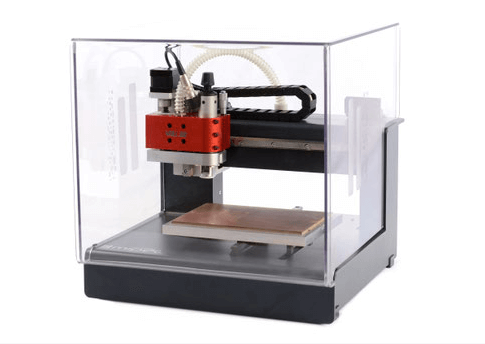
3. Advantages of RMS Machining in PCB Manufacturing
3.1 High Precision and Accuracy
CNC-based RMS machining ensures micron-level accuracy, critical for fine-pitch components and high-frequency circuits.
3.2 Flexibility in Design
- Supports complex geometries (odd shapes, slots, cutouts).
- Enables rapid prototyping without requiring new etching masks.
3.3 Reduced Chemical Usage
Unlike traditional etching, RMS machining eliminates the need for ferric chloride or other corrosive chemicals, reducing environmental impact.
3.4 Faster Turnaround Times
- No need for photomasks or chemical processing.
- Ideal for quick-turn PCB prototyping and low-to-medium volume production.
3.5 Improved Reliability
- Minimizes risks of undercutting or over-etching.
- Ensures clean edges and smooth finishes, reducing signal integrity issues.
4. Challenges and Limitations of RMS Machining
Despite its advantages, RMS machining has some limitations:
4.1 Tool Wear
- High-speed cutting leads to tool degradation, requiring frequent replacement.
- Hard materials (e.g., FR4 with high glass content) accelerate wear.
4.2 Thermal Effects
- Friction generates heat, potentially delaminating thin substrates.
- Requires proper cooling mechanisms (air or liquid cooling).
4.3 Limited to Certain Materials
- Best suited for FR4, Rogers, and metal-core PCBs.
- Not ideal for flexible PCBs, which may tear during machining.
4.4 Cost Considerations
- CNC machines and maintenance can be expensive.
- Higher operational costs compared to chemical etching for large-scale production.

5. Applications of RMS Machining in PCB Production
5.1 Prototyping and R&D
- Allows fast design iterations without chemical processing delays.
5.2 High-Frequency and RF PCBs
- Ensures precise impedance control by maintaining accurate trace dimensions.
5.3 Multilayer and HDI PCBs
- Enables laser-drilled microvias and fine-pitch routing.
5.4 Industrial and Automotive Electronics
- Used in high-reliability PCBs for harsh environments.
6. Future Trends in PCB RMS Machining
6.1 Integration with Laser Machining
- Combining mechanical and laser cutting for higher precision.
6.2 AI and Machine Learning for Tool Optimization
- Predictive maintenance to reduce tool wear.
- Adaptive machining for varying material properties.
6.3 Increased Automation
- Robotics for automated loading/unloading of PCBs.
6.4 Eco-Friendly Machining
- Reduced waste and energy-efficient CNC systems.
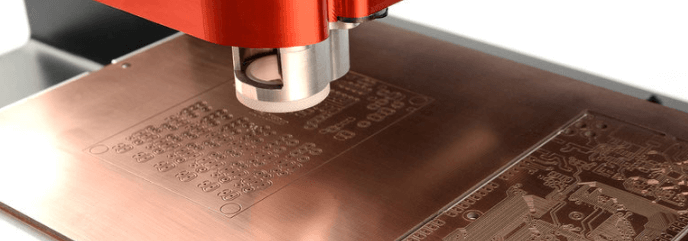
Conclusion
PCB RMS machining plays a pivotal role in modern electronics manufacturing by offering precision, flexibility, and efficiency in circuit board fabrication. While challenges such as tool wear and thermal management persist, advancements in CNC technology, automation, and hybrid machining techniques continue to enhance its capabilities.
As the demand for miniaturized, high-performance PCBs grows, RMS machining will remain a cornerstone of PCB production, enabling innovations in consumer electronics, aerospace, medical devices, and beyond.
By leveraging the strengths of routing, milling, and scoring, manufacturers can achieve superior quality, faster production cycles, and sustainable PCB fabrication processes.

